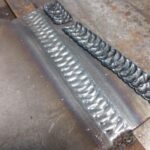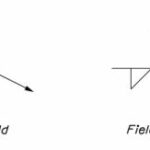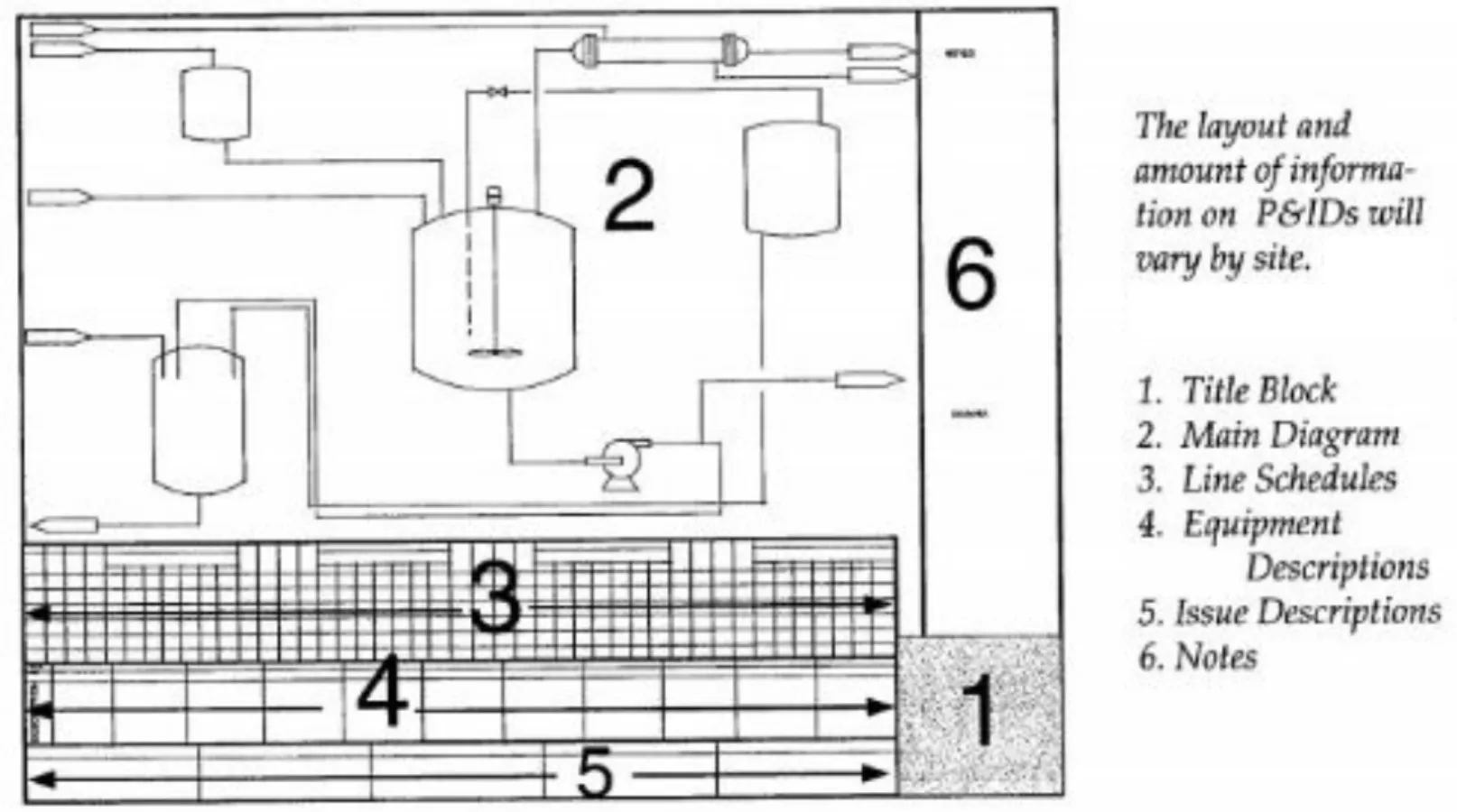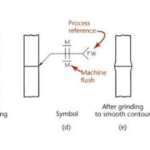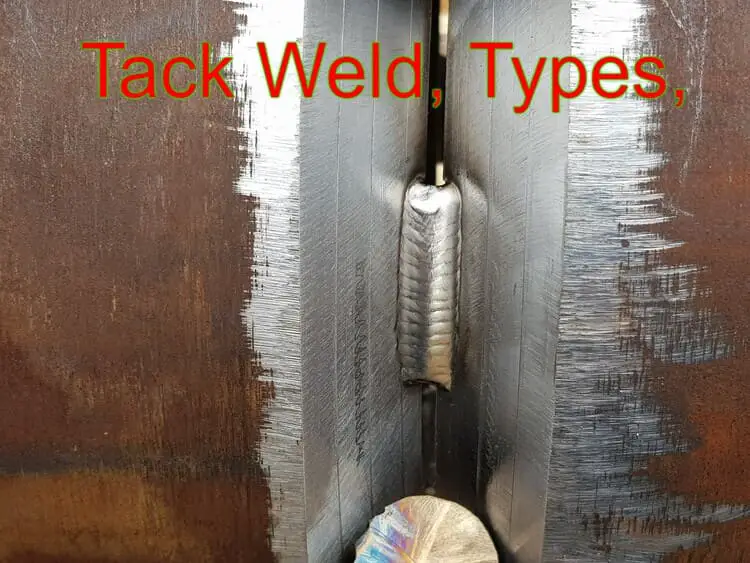What is a Welding Rectifier?
A welding rectifier is an electrical device used in welding equipment to convert alternating current (AC) into direct current (DC). It plays a vital role in enabling welding processes that require DC power.
By changing the current flow to one direction only, the rectifier ensures a stable and controlled power supply for welding operations.
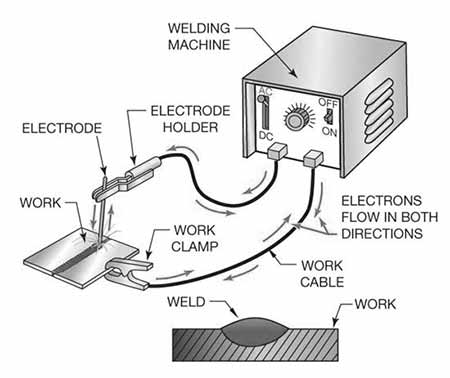
Working Principle of a Welding Rectifier
The rectifier employs a process called full-wave rectification to convert AC to DC. This is achieved by utilizing diodes that allow current to flow in a single direction while blocking the reverse flow.
The diodes are connected between the AC power source and the welding machine, enabling the rectification process.
Here’s a step-by-step explanation of how a welding rectifier works:
- Step-Up Transformer: The welding rectifier system begins with a step-up transformer. This transformer increases the voltage from the input AC power source to a higher level, typically around 50-100 volts.
- Rectification: The stepped-up voltage from the transformer is then fed into a rectification circuit. This circuit consists of diodes, which are electronic components that allow current to flow in only one direction. The diodes are arranged in a specific configuration to achieve rectification.
- Full-Wave Rectification: The rectification circuit employs a process called full-wave rectification. During the positive half-cycle of the AC input voltage, one set of diodes conducts and allows the current to flow through the circuit in one direction. Similarly, during the negative half-cycle, the other set of diodes conducts, ensuring that the current still flows in the same direction.
- Smoothing Capacitor: After rectification, the current output from the rectifier circuit is pulsating DC. To smooth out these pulsations and provide a more stable output, a smoothing capacitor is connected across the output terminals of the rectifier. The capacitor stores electrical energy during the high points of the pulsating DC and releases it during the low points, resulting in a more continuous flow of current.
- Output Voltage Control: The rectifier also incorporates mechanisms to control the output voltage. This can be achieved through the use of variable resistors or electronic components that regulate the voltage level based on the desired welding parameters.
- Welding Operation: The rectified and smoothed DC output from the rectifier is then supplied to the welding machine’s electrode holder or welding torch. The DC power is used to create the welding arc and heat the workpiece, while the filler metal is deposited to form the weld joint.
Types of Welding that Use Rectifiers
Rectifiers are utilized in various welding processes, including:
- ARC Welding: Rectifiers are commonly employed in arc welding, such as shielded metal arc welding (SMAW), to convert the AC input to DC for creating the arc and depositing the filler metal.
- MIG Welding: Metal inert gas (MIG) welding, which uses a continuous wire electrode, also benefits from rectifiers to convert the AC input to DC for a stable and controlled welding process.
- TIG Welding: Tungsten inert gas (TIG) welding can utilize rectifiers to convert the AC input to DC, providing a consistent and reliable arc for precise welding applications.
Importance of Rectifiers in Welding
The rectifier holds significant importance in welding equipment as it enables the use of DC power for welding processes.
Without a rectifier, welding would be limited to AC power and higher risk of unsafe electricity, which may result in unstable arcs and other challenges.
DC power provides a more stable arc, making it easier for welders to control the welding process and achieve desired welding results.
Benefits of Using a Welding Rectifier
Using a rectifier in welding offers several advantages, including:
- Stable Arc: The rectifier provides a more stable arc compared to AC power, enhancing control and precision during the welding process.
- DC Welding Capability: The rectifier converts the AC power to DC, enabling welding with DC power. DC welding offers advantages such as better control over the heat input, improved penetration, and reduced spatter.
Testing a Welder Rectifier
To ensure the proper functioning of a welder rectifier, various testing methods can be employed:
- Multimeter Test: Using a multimeter, the DC output of the rectifier can be measured to verify the presence of the desired DC voltage.
- Oscilloscope Test: An oscilloscope can be utilized to examine the AC input and DC output of the rectifier, assessing the waveform and voltage levels for accuracy.
- Load Test: Conducting a load test involves applying a controlled load to the rectifier and monitoring its performance under different operating conditions.
Types of Welding Transformers
Welding transformers can be categorized into two main types:
- AC Welding Transformers: These transformers are designed specifically for welding with AC power. They are commonly used in processes like AC arc welding.
- DC Welding Transformers: DC welding transformers or also called Welding Rectifier are intended for welding with DC power. They are utilized in processes such as DC arc welding, which includes SMAW and other DC-based welding methods.
Conclusion
In conclusion, a welding rectifier is an essential component in welding equipment that converts AC power to DC power. By providing a stable arc and enabling welding with DC power, rectifiers contribute to enhanced control, precision, and efficiency in various welding processes.
Proper testing and maintenance of the rectifier ensure its reliable performance, allowing welders to achieve high-quality welds and meet the demands of different welding applications.


